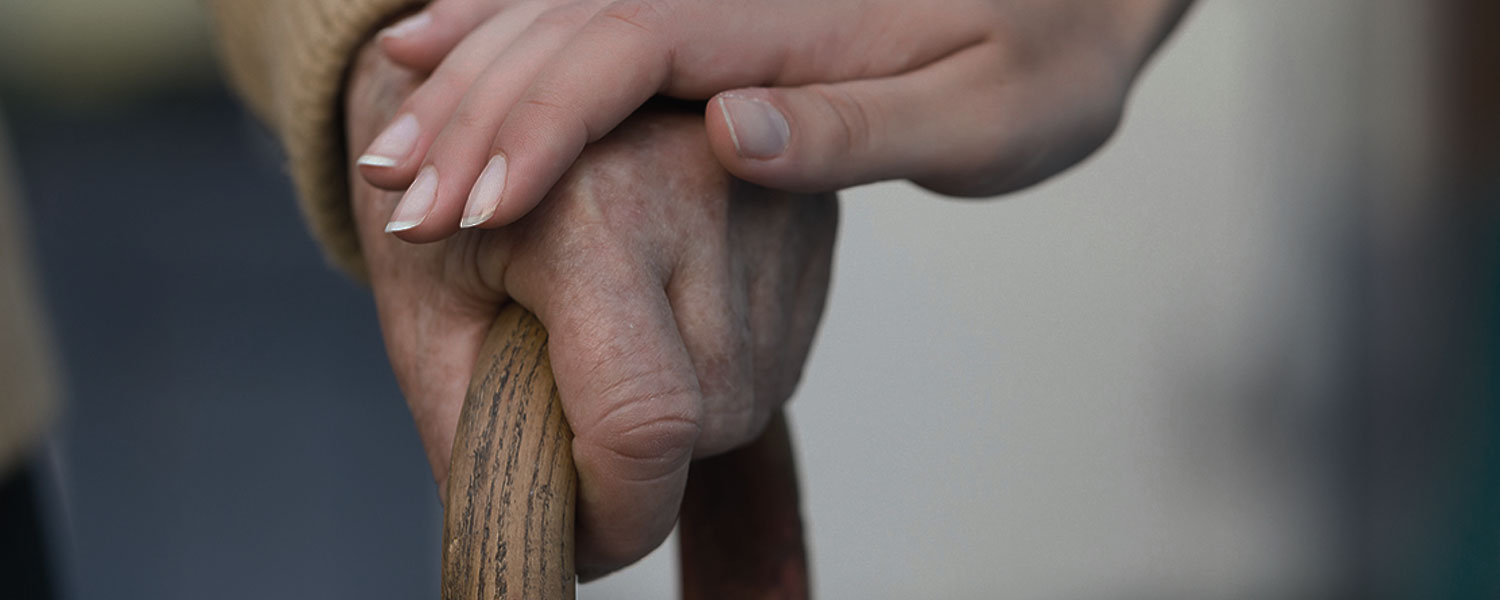Repeated Falls and Drops
Broken Hips and Fractured Bones Can Be Deadly
Falls are the leading cause of injury in elderly adults. Many of the cases I handle involve fractured bones, particularly broken hips. About 1,800 older adults living in nursing homes die each year from fall-related injuries and those who survive falls frequently sustain hip fractures and head injuries that result in permanent disability and reduced quality of life. It such a serious issues that nursing homes are supposed to do a risk assessment upon admission to determine if a resident is a fall risk. The goal of this article is in hope you never need a nursing home neglect lawyer for any reason, but particularly for a preventable fall.
At Risk for Falls
Nursing homes are required to conduct an assessment of a resident’s risk for falls upon admission, upon a change in status, and after a fall. Risk factors for falls include a history of falls, gait and balance problems, use of psychotropic medications, dementia, poor eyesight, and lower body weakness. Be aware that falls in nursing homes most often occur in patient rooms, when patients are alone, or when they attempt to go to the bathroom. One of the most heartbreaking cases I had involved a woman who was left on the toilet, and after repeated attempts to get someone to come to her attention, tried to get up by herself. The staff had to respond to a call light in another room and got distracted: Another case of of understaffing leading to catastrophic results.
Moreover, being on multiple medications can have crazy and unintended side effects. In most of the cases I handle, my client is taking 14-17 different medications. Sometimes the medications are for the side effects of other medications. But, drugs to treat dementia, anxiety, insomnia, and/or depression can have an impact on balance, and many residents are on two or three of these medications. Get a list of prescriptions. Google them. What are they for? What are the side effects? Are these medications necessary? Ask the doctor and nursing staff each of these questions and more.
And it is not just falling. Many residents require substantial assistance in moving about. Whether it is moving from chair to bed or back again, or just walking down the hall or the restroom, staff assistance is needed. Many times those totally dependent, require two caregivers to lift and move. Unfortunately, nursing homes are not staffed to provide this sort of assistance. Too many times, one person is doing the job of two, and too many times the resident pays the price for the nursing home’s profits. It can be just that simple.
Finally, if your resident has had a fall, what will be done to make sure it does not happen again? Why did it occur in the first place? You should make every attempt to attend care plan meetings; request that they occur at a time when you can attend. How close are they being supervised the resources linked to this page.
Fall Prevention
Assessing fall risk is a big step towards prevention. If your resident is deemed to be at risk for falls, then prevention becomes the focus. Making sure a call button is within reach of your resident is important to making sure his needs are being met. Also, having a regular schedule on which toileting occurs can be critical, especially for residents with dementia. Further to help reduce risk, the staff should evaluate the physical environment continually for safety hazards. Some physical activity can be helpful. Getting an eye exam to make sure a resident’s eyeglasses provide the sharpest vision possible.
The Centers for Disease Control (CDC) has some good resources geared toward preventing falls in the elderly. In addition, this article from the Annals of Long Term Care provides strategies for preventing falls in nursing homes. These articles are written by those with extensive experience in providing care. You can never be too informed.
Fractures
“Hip fractures substantially increase the risk of death and major morbidity in the elderly [9,10]. These risks are especially high among nursing home residents, particularly men, patients over age ninety, those with cognitive impairment and other comorbidities, individuals treated nonoperatively, and those who cannot ambulate independently. In-hospital mortality rates range from approximately 1 to 10 percent depending upon the location and patient characteristics, but rates are typically higher in men, although this discrepancy appears to be declining in some areas. One-year mortality rates have ranged from 12 to 37 percent, but may be declining. Approximately one-half of patients are unable to regain their ability to live independently. A meta-analysis of prospective studies found the relative hazard for mortality during the first three months following a hip fracture to be 5.75 in older women and 7.95 in older men.” Read more about the risks associated with fractures.
Nursing Home Neglect and Abuse Attorney
I am a nursing home neglect and abuse attorney practicing in Greenville, South Carolina. At any given time, I am handling several cases involving nursing homes that did not properly assess a resident at risk for falls or who did not properly protect a resident. Almost all of these cases involve nursing homes that were understaffed at the time the resident had her fall and fractured her hip or femur. If you want to discuss your resident’s circumstances and learn about her legal options, call me, Andy Arnold at 864.242.4800.






